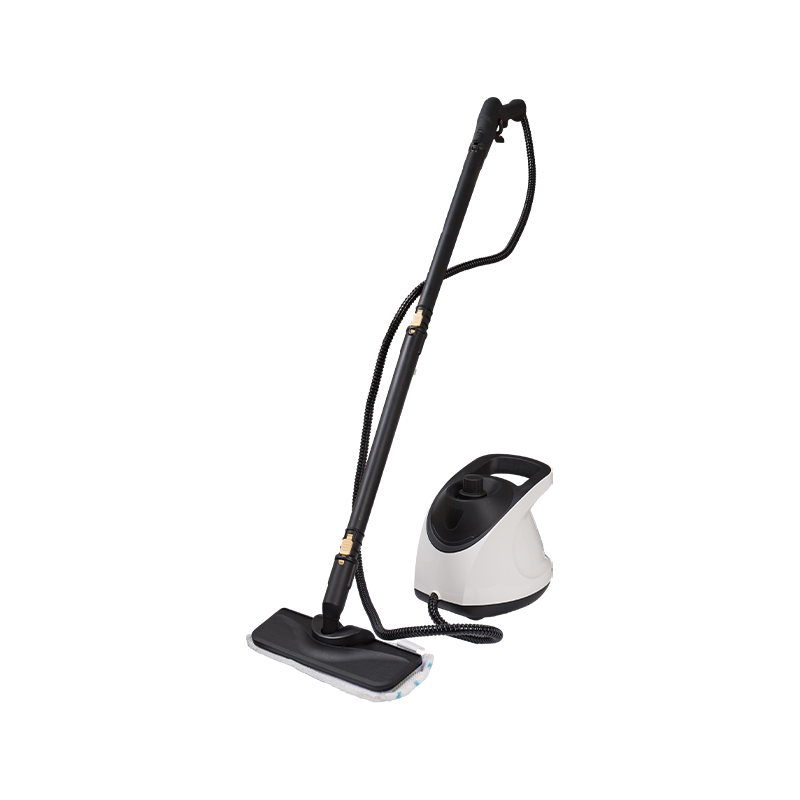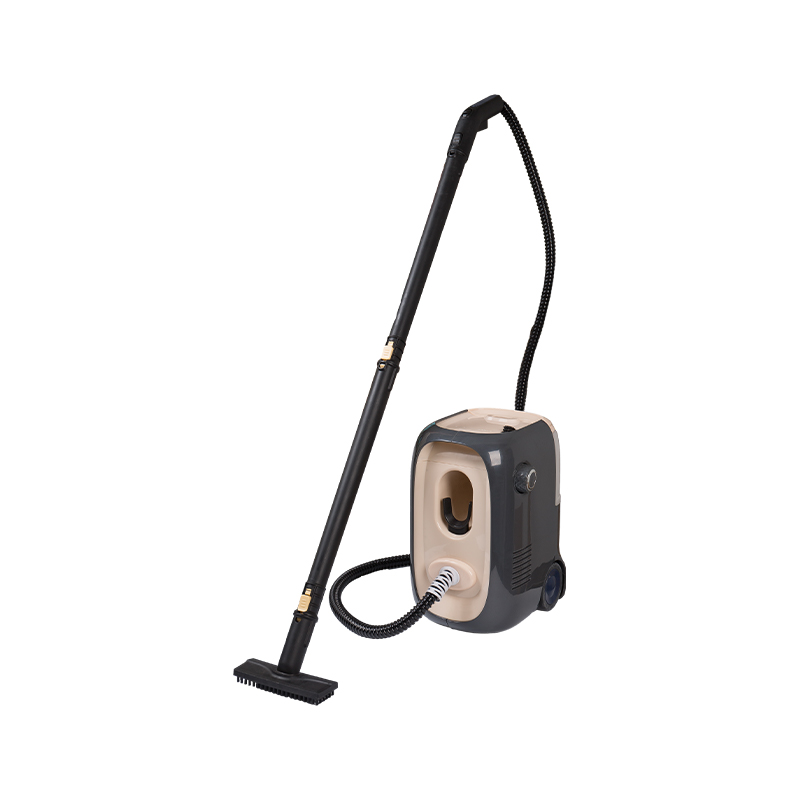-
Phone: +86-13282120735
-
Tel: +86-0571-58307962
-
Fax: +86-0571-58307999
-
E-mail: jy@hzkelong.cn
-
ADD:The Southern Industrial Development Area, Meicheng Town, Jiande City,Zhejiang, China

Will steam mop cleaners damage grout or tile?
Steam mops have surged in popularity as a convenient and chemical-free way to sanitize floors. With their ability to lift dirt and grime using high-temperature steam, they offer an appealing alternative to traditional mopping. However, a lingering concern persists: Can steam mop cleaners damage grout or tile? Let’s examine the facts.
The Effect of Steam Mops on Tile
Ceramic and porcelain tiles are known for their durability, making them a preferred choice for kitchens and bathrooms. When properly glazed and sealed, these tiles can withstand high temperatures and moisture exposure. In most cases, steam mopping does not cause direct damage to tile surfaces. However, excessive heat over prolonged periods may weaken certain adhesives or compromise tiles with pre-existing cracks, potentially exacerbating structural issues.
The Impact on Grout Lines
Grout, the porous material filling the spaces between tiles, is more susceptible to steam-related damage than the tiles themselves. While sealed grout can generally endure steam cleaning, unsealed or deteriorating grout may absorb moisture, leading to gradual erosion and weakening. Over time, this can result in crumbling, discoloration, and even mold growth in highly humid environments.
Factors That Influence Steam Mop Safety
Several variables determine whether a steam mop will harm your tile or grout:
Sealing Condition – Sealed tile and grout are less likely to absorb moisture, making them more resistant to steam damage. Regular resealing can enhance longevity.
Temperature Settings – Excessive heat can accelerate grout deterioration. Adjustable steam settings allow better control, minimizing potential risks.
Frequency of Use – Frequent exposure to steam can wear down grout over time, particularly if the grout is already compromised.
Tile Quality – High-quality, well-maintained tiles are generally unaffected by steam, but lower-grade tiles may have weaker adhesion, increasing the risk of loosening.

Best Practices for Using a Steam Mop on Tile and Grout
To maximize cleaning effectiveness while safeguarding your flooring, follow these best practices:
Ensure Proper Sealing – Apply a high-quality grout sealer to protect against moisture absorption.
Use a Low or Medium Steam Setting – Excessively high steam can weaken grout and adhesives.
Avoid Holding Steam Over One Spot – Prolonged exposure in one area can accelerate damage.
Clean Gently – Use a microfiber pad with minimal pressure to prevent grout wear.
Perform Regular Inspections – Check grout for signs of deterioration and reseal as necessary.
When used correctly, steam mop cleaners can be a safe and effective tool for cleaning tile floors without causing damage. However, caution must be exercised with grout, particularly if it is unsealed or aging. By adhering to best practices and maintaining proper sealing, homeowners can enjoy the benefits of steam cleaning without compromising the integrity of their tile and grout.







